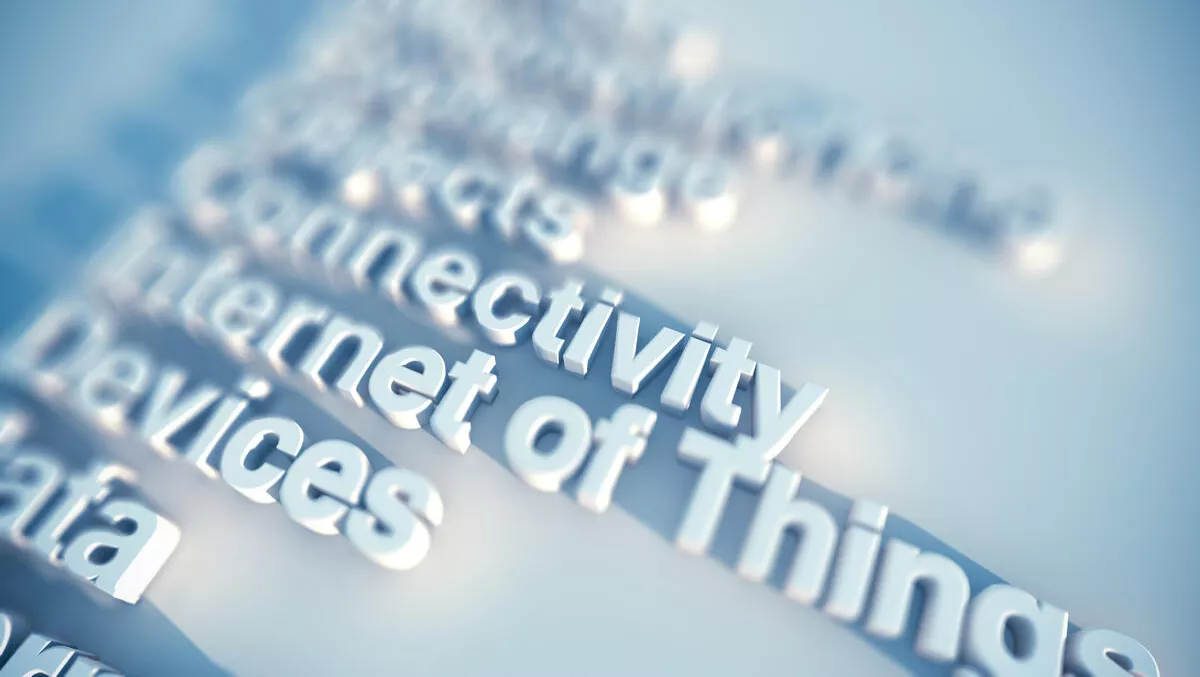
The Internet of Things is attracting major mainstream attention, but businesses may be pressured to jump on board for fear of missing out.
“The hype around IoT has paradoxically hindered the understanding of how it actually works. IoT consists of endpoint devices such as sensors within everyday objects like cars or air conditioners, which are connected to the internet and send copious amounts of data back to the organisation for analysis,” comments Ixia's general manager Ardy Sharifnia.
Sharifnia says there's a better way to visualise IoT - a combination of separate but united elements.
“Each of these has its own specific technology and technical considerations, and is independently set up. The elements don't need IoT to survive, but the sum of all these components working together is what constitutes IoT.”
There are five key things to understand when looking at IoT and how it can be implemented in your workplace:
1. The ‘things' in IoT are connected devices that send and collect data. Gartner predicts there will be up to 20 billion connected devices by 2020.
2. Access technologies are about how those devices share information with the IoT infrastructure. This can depend on distance from nearest access point, data rate and throughput, power requirements and size.
Ixia recommends that your business environment and characteristics should be the main considerations for ensuring that the right network fits with your business strategy.
3. Network infrastructure must be flexible to grow with more traffic or shrink with less traffic on demand. Since it transports data from the devices to the cloud, it has to manage all workloads in order to prevent wasted resources - and costs. It also means you're not paying for what you don't use.
4. Cloud processing is vital in storing, analysing and acting on data. IoT devices generates huge amounts of data. Businesses must be ready to process and aggregate disparate information for actionable insights.
5. IoT devices still have poor or non-existent security. They're vulnerable to cyber attacks and as a result, many organisations are wary of adopting IoT technologies in their business.
“Deciding the right technology is the foundation of embracing IoT capabilities that drive efficiency and innovation for businesses. Of all the current technology trends, IoT gives businesses the most disruption as well as the most opportunity over the next couple of years,” Sharifnia concludes.
